Purple Mountain (紫金山), also known as Zhongshan Mountain (钟山), located in Nanjing, China, is a majestic and renowned landmark that holds immense historical and cultural significance. Rising gracefully on the eastern outskirts of the city, it spans across an expansive area, encompassing lush forests, tranquil lakes, and ancient architectural marvels.
This revered mountain, known as Zijin Shan in Chinese, has captivated visitors for centuries with its picturesque beauty and serene atmosphere. Its name “Purple Mountain” originates from the distinct purple hue that blankets the peaks during certain times of the day, creating a mystical aura.
Within the mountain’s embrace lies a treasure trove of historical sites, including the Ming Xiaoling Mausoleum, the final resting place of the first emperor of the Ming Dynasty. The Linggu Temple, a sacred Buddhist sanctuary, stands as a testament to the region’s spiritual heritage. Visitors can also explore the Nanjing Botanical Garden, a haven of biodiversity and natural splendor.
Purple Mountain offers breathtaking vistas from its numerous viewpoints, allowing visitors to marvel at the cityscape of Nanjing and the winding Yangtze River. It serves as a symbol of Nanjing’s rich history, natural beauty, and cultural legacy, inviting visitors to delve into its enchanting realm and uncover the wonders it holds within its mystical embrace.
Table of Contents
- Location and Transportation
- Highlights of Purple Mountain
- Vlog about Purple Mountain
- Recommended Route
- Useful Information Summarized from Reviews
- Other Natural Sceneries in Nanjing
Basic Information
| Website | http://www.zschina.org.cn/ |
| Estimated Length of Tour | A day |
| Opening Hours | Most of the attractions in the mountian operation from 9.00 – 17.00 |
| Combined Ticket Price | 100 RMB including Ming Xiaoling Mausoleum, Dr. Sun Yat-sen mausoleum, Meiling Palace, and Linggu Temple |
| Telephone Number | 0086-025-84433582 |
Location and Transportation
Purple Mountain, also known as Zijin Shan, is situated in the eastern part of Nanjing, a historic city in Jiangsu Province, China. There are several entrances to the Purple Mountain, but the most popular one is the South Gate near the Ming Xiaoling Mausoleum. To get there, you can choose the following ways:
Bus: Take bus 20 or 315 and get off at the parking lot of Ming Xiaoling Mausoleum.
Metro: The nearest metro station to the Purple Mountain is the Muxu Garden (苜蓿园) on line 2. After getting out of the station from exit 1, you will be standing right in front of the ticket office.
Highlights of Purple Mountain
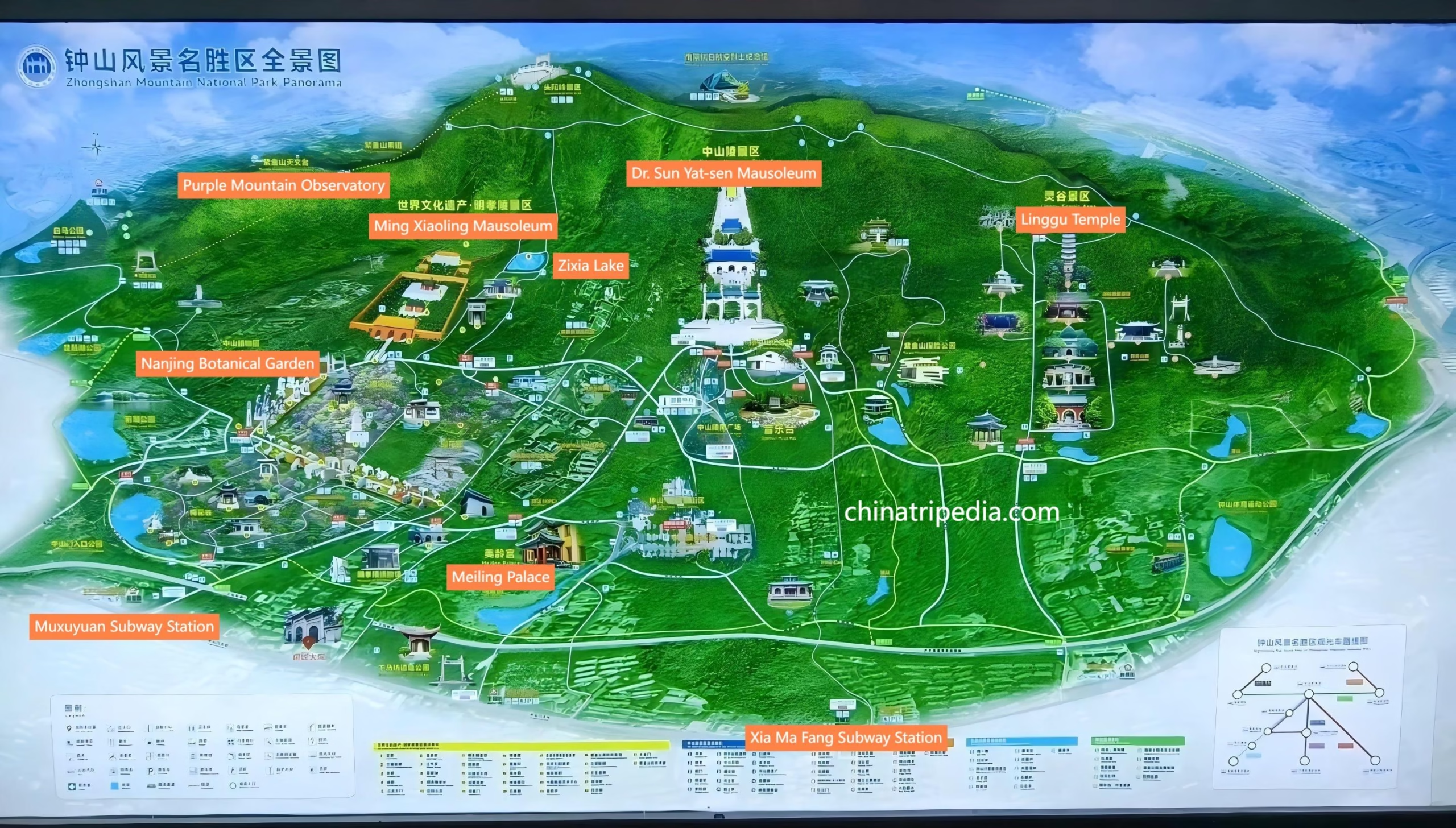
Ming Xiaoling Mausoleum
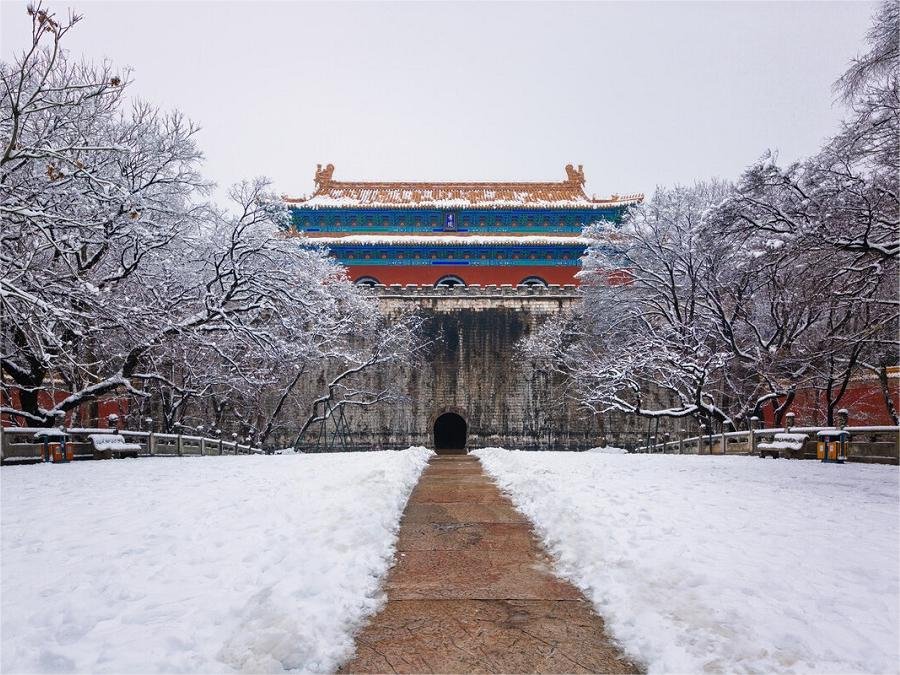
The Ming Xiaoling Mausoleum, nestled within the serene embrace of Purple Mountain in Nanjing, China, is a magnificent architectural masterpiece and a symbol of imperial grandeur. Built as the final resting place for Emperor Zhu Yuanzhang, the founder of the Ming Dynasty, this mausoleum exudes a sense of majesty and reverence. Adorned with intricate stone sculptures, serene gardens, and magnificent gateways, it offers visitors a glimpse into the opulent world of ancient Chinese emperors. The Ming Xiaoling Mausoleum stands as a testament to the rich cultural heritage and historical significance of Purple Mountain, captivating all who set foot within its hallowed grounds.
Linggu Temple

Linggu Temple, nestled amidst the verdant slopes of Purple Mountain in Nanjing, China, is a sacred Buddhist sanctuary that emanates tranquility and spiritual serenity. This ancient temple boasts exquisite architectural beauty, with its vibrant red walls, ornate halls, and soaring pagoda. Stepping into its hallowed grounds, visitors are greeted by the scent of incense and the peaceful ambiance that pervades the air. The temple’s centerpiece is the majestic Hall of 72 Dharma Protectors, adorned with intricate carvings and golden statues. Linggu Temple offers a serene refuge for meditation, reflection, and exploration of Buddhism’s profound teachings amidst the natural splendor of Purple Mountain.
Dr. Sun Yat-sen Mausoleum
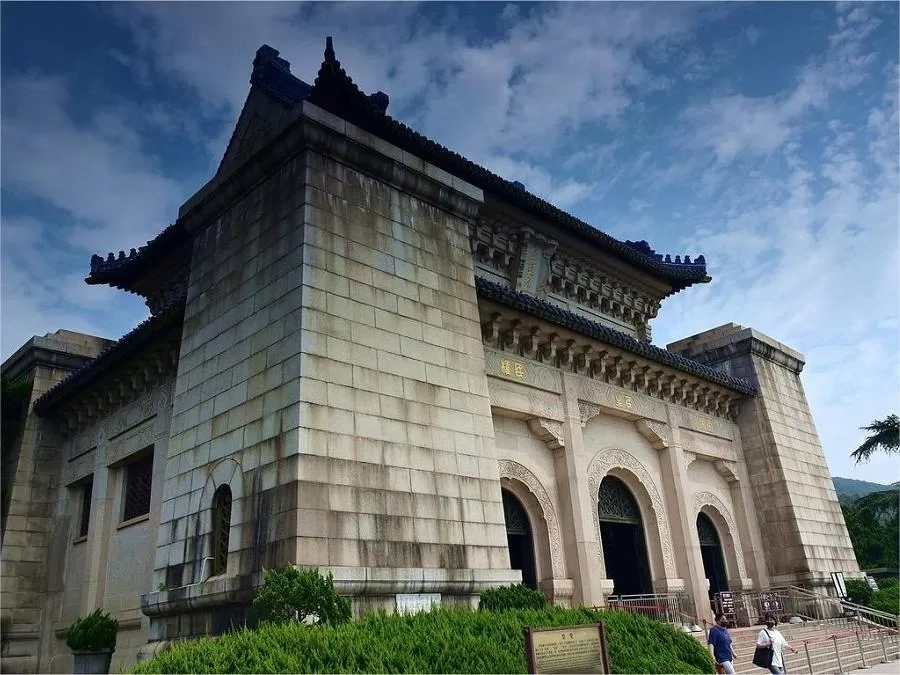
The Dr. Sun Yat-sen Mausoleum, located atop the majestic Purple Mountain in Nanjing, China, stands as a solemn tribute to Dr. Sun Yat-sen, the revered father of modern China. This imposing mausoleum combines traditional Chinese and modern architectural elements, creating a captivating sight. Ascending the grand staircase, visitors are greeted by the dignified statue of Dr. Sun Yat-sen, surrounded by lush gardens and serene pathways. The mausoleum offers a serene atmosphere for paying respects, as well as panoramic views of the surrounding landscapes.
Najing Botanical Garden
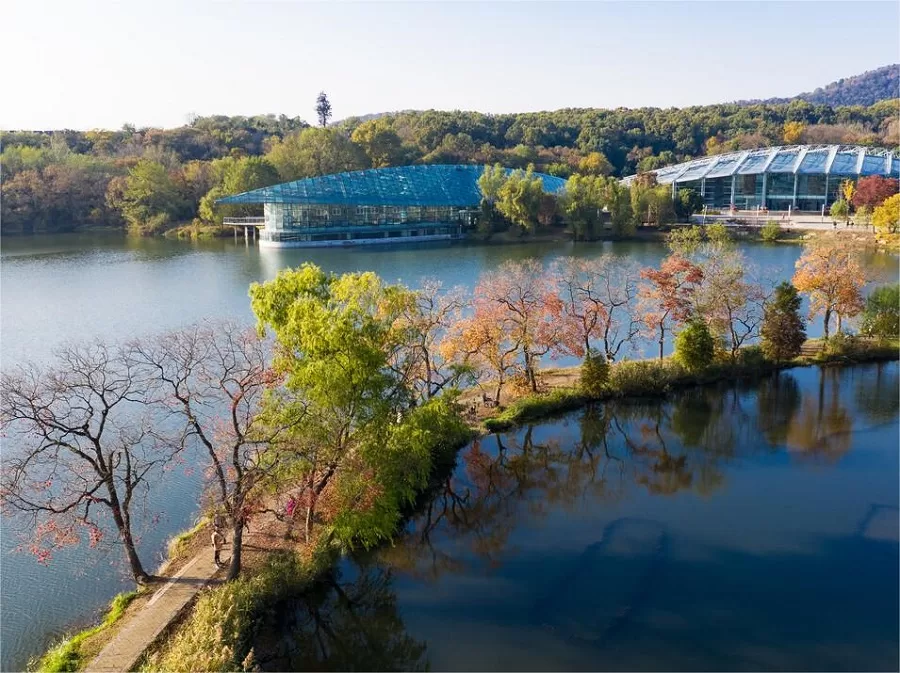
Nanjing Botanical Garden, nestled within the enchanting landscape of Purple Mountain in Nanjing, China, is a haven of natural beauty and biodiversity. Spanning across vast acres, this botanical gem showcases a mesmerizing collection of plant species, including rare flowers, towering trees, and tranquil lakes. Visitors can explore themed gardens that showcase the beauty of different regions and plant species, admire the meticulously maintained bonsai collection, or simply take peaceful walks amidst the serene surroundings. Nanjing Botanical Garden offers a respite from the bustling city, inviting visitors to immerse themselves in the wonders of nature and appreciate the diverse botanical treasures that flourish within Purple Mountain.
Zixia Lake
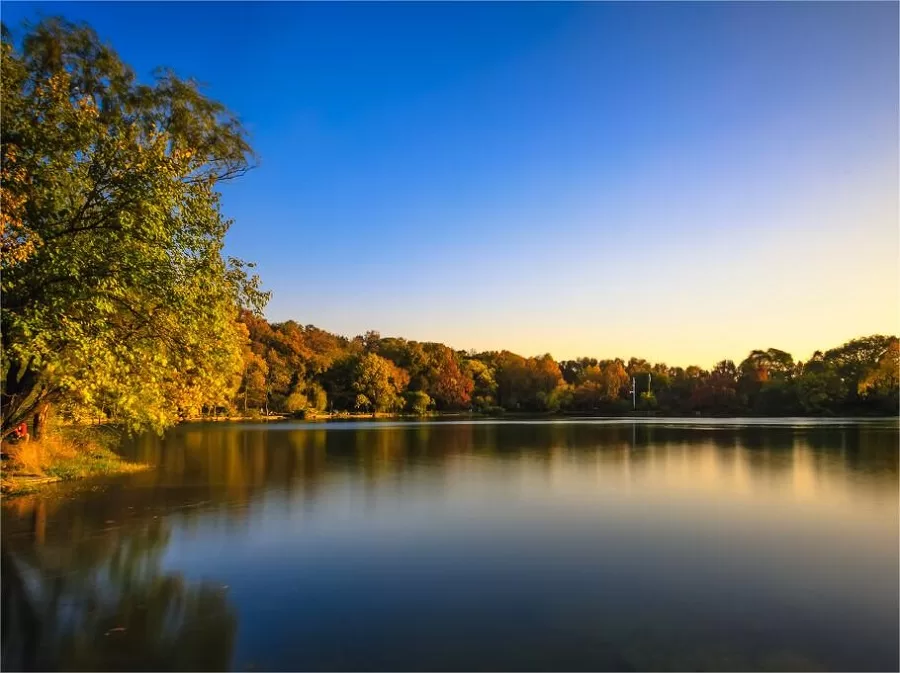
Zixia Lake, nestled amidst the scenic splendor of Purple Mountain in Nanjing, China, is a picturesque oasis of tranquility. This serene lake enchants visitors with its crystal-clear waters, lush greenery, and idyllic surroundings. The name “Zixia” translates to “Purple Clouds,” which perfectly captures the ethereal beauty that envelops the area. Visitors can embark on leisurely boat rides, stroll along the lakeside promenade, or simply find a peaceful spot to relax and soak in the natural ambiance.
Purple Mountain Obervatory
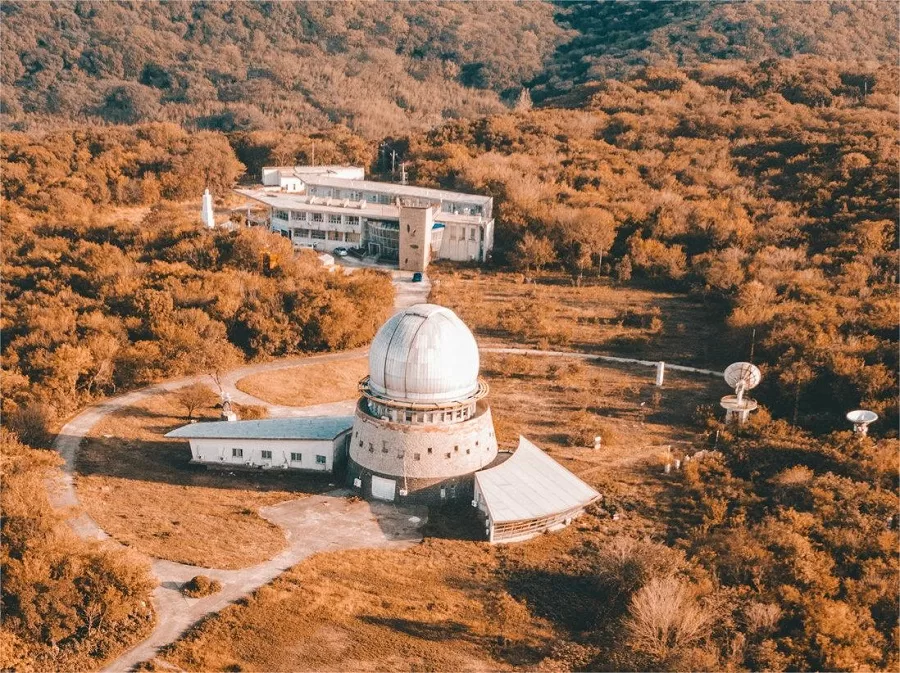
The Purple Mountain Observatory, located atop the scenic Purple Mountain in Nanjing, China, is a renowned center for astronomical research and observation. Established in 1928, it is one of the oldest and most distinguished observatories in China. The observatory boasts state-of-the-art telescopes and equipment, facilitating cutting-edge research and exploration of the cosmos. Visitors can marvel at the vast expanse of the universe through public observation sessions, where they can witness celestial wonders and gain insights into the mysteries of the cosmos. The Purple Mountain Observatory is a haven for astronomers, enthusiasts, and curious minds, offering a gateway to the infinite wonders of space.
Panoramic Views

Standing atop Purple Mountain in Nanjing, China, one is treated to breathtaking panoramic views that leave a lasting impression. The vistas from this elevated vantage point offer a mesmerizing tapestry of natural beauty and urban splendor. From the rolling hills and lush forests of Purple Mountain to the glimmering Yangtze River and the city’s skyline, the panorama is a harmonious blend of nature and human achievement. Whether it’s witnessing the golden hues of sunrise, the vibrant colors of sunset, or the twinkling lights of the city at night, the panoramic views from Purple Mountain provide a captivating and unforgettable experience for all who behold them.
Meiling Palace
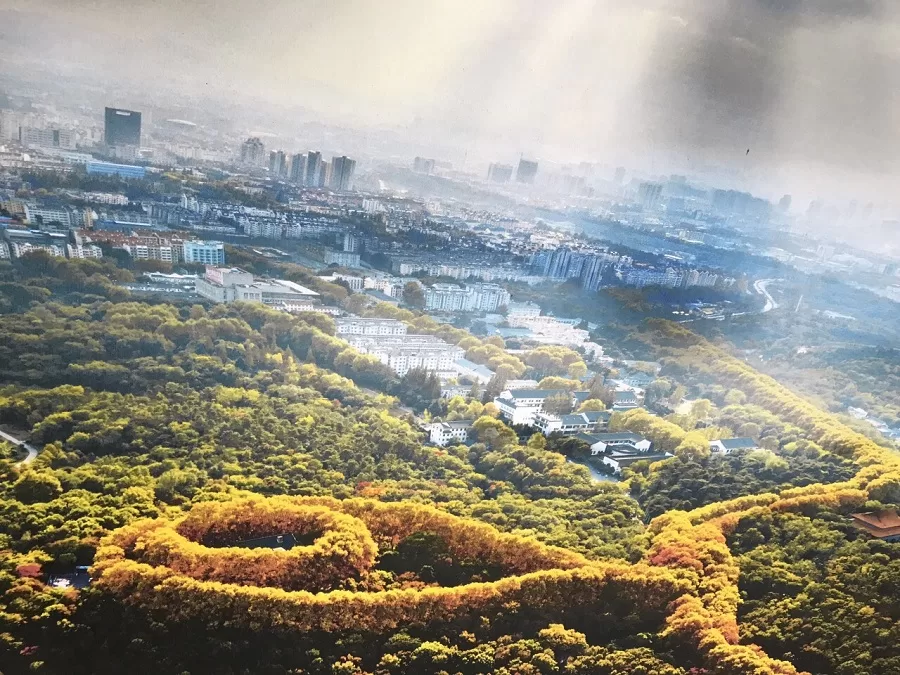
Meiling Palace, nestled within the serene embrace of Purple Mountain in Nanjing, China, is a captivating historical site of cultural significance. Built during the Republic of China era, it served as the official residence of Madame Chiang Kai-shek, the influential figure in Chinese history. The palace showcases a blend of Chinese and Western architectural styles, surrounded by tranquil gardens and scenic vistas. Visitors can explore the elegant halls, admire the intricate details, and learn about the fascinating history of this once-resplendent palace. Meiling Palace stands as a testament to the past, offering a glimpse into a bygone era amidst the natural beauty of Purple Mountain.
Vlog about Purple Mountain
Recommended Route
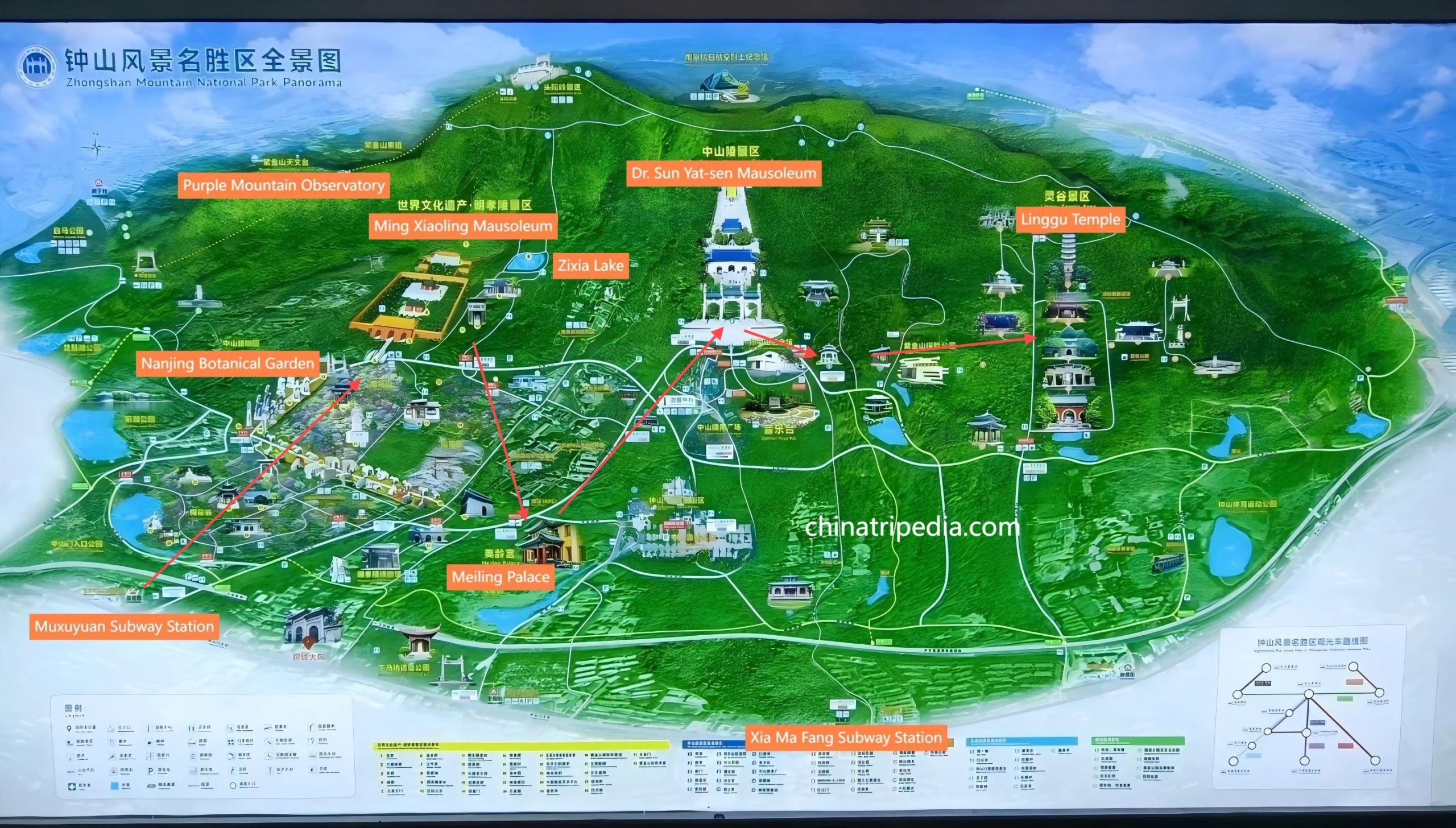
- Starting Point: Begin your journey at Muxuyuan Station on Metro Line 2.
- Route to 3rd Gate – Ming Xiaoling: Head towards Lingyuan Road to reach the entrance of Zhongshan Mountain Scenic Area. Enter through Gate 3 to start your exploration.
- Visit Yanchi Lake and Changsheng Luyuan: In Ming Xiaoling Mausoleum, proceed to Yanque Lake and Changsheng Luyuan. Enjoy the natural surroundings and perhaps take a leisurely stroll.
- Proceed to Fangcheng Minglou via Shixiang Road: Walk along Shixiang Road to reach Fangcheng Minglou. This area offers historical and architectural attractions.
- Exit through Gate 7: Exit Ming Xiaoling Maosoleum through Gate 7.
- Take the Shuttle to Meiling Palace: Board the shuttle to visit Meiling Palace. Explore the palace and its surroundings.
- Continue to Zhongshan Mausoleum: Take the shuttle to Zhongshan Mausoleum, an important historical site honoring Dr. Sun Yat-sen.
- Visit the Music Stand: After Zhongshan Mausoleum, proceed to the Music Stand (Yinyuetai) to enjoy the scenic views and architectural beauty.
- Ride the Shuttle to Linggu Temple: Take the shuttle to Linggu Temple, a Buddhist temple with a rich history.
- Exit the Scenic Area via Bus 202: Conclude your visit by taking Bus 202 from the scenic area.
Useful Information Summarized from Reviews
Time Planning: The Zhongshan Mountain Scenic Area is quite extensive, so it’s recommended to plan a full day for exploring. This allows you to leisurely visit various attractions without feeling rushed.
Footwear: Wear comfortable shoes as the scenic area is large, and even though there are sightseeing cars, there’s still a considerable distance to cover between the entrance and the attractions.
Observation Car Ticket: If you’re considering using the sightseeing car, it’s advised not to buy the 50 yuan unlimited ride ticket unless you plan to take it multiple times. The majority of visitors find the single ride ticket (10 yuan/person) sufficient.
Transportation from Xia Ma Fang Metro Station to Linggu Temple: There are three ways to get from Xia Ma Fang Metro Station to Linggu Temple, but it’s recommended to take a taxi for around ten yuan. Waiting for the sightseeing car or taking the 202 bus can be challenging due to crowds.
Local Food Recommendations: Explore the local food options around the area:
- Nanjing Da Pai Dang (南京大排档) for a taste of various Nanjing snacks.
- Vegetarian noodle restaurant at the entrance of Linggu Temple (灵谷寺).
- Ming Xiaoling Mausoleum Shisan Cha for local milk tea.
- Xi Lai Shun (喜来顺) near Xia Ma Fang Metro for beef noodles.
- Xinjiang Hetian Roasted Buns near Xiaolingwei Metro, though it might have a long queue.
Caution on Electric Scooter Rental: It is not advisable to rent the small electric scooters available at the entrance. They may be expensive, and there could be issues with traffic police. Additionally, these scooters cannot be used within the attractions, causing inconvenience when navigating different entrances.

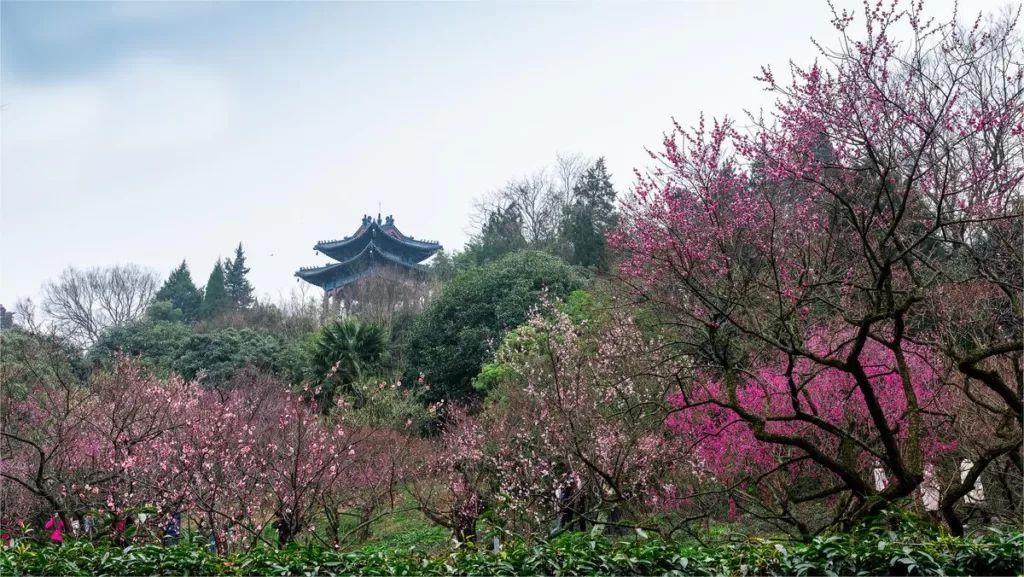
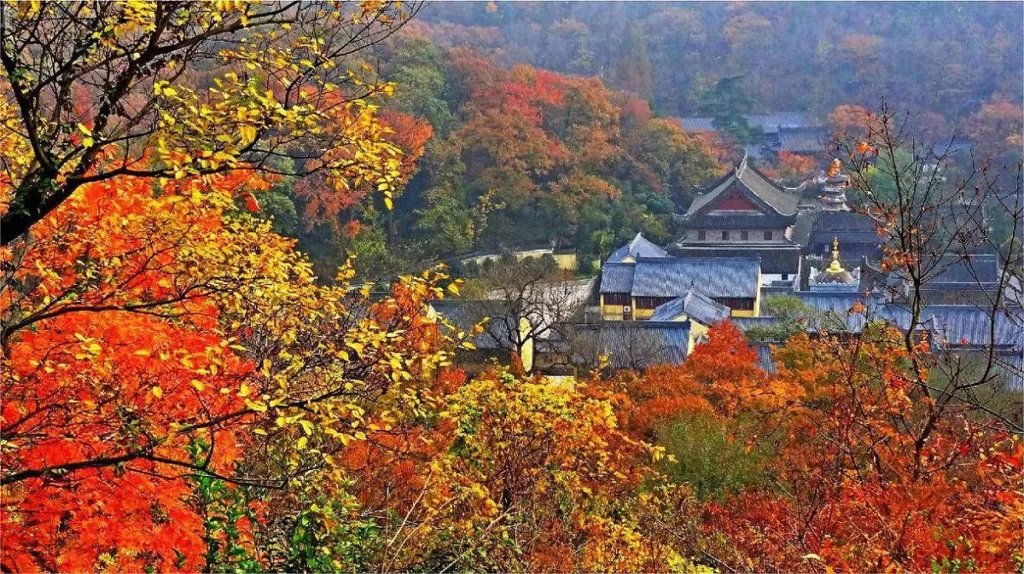

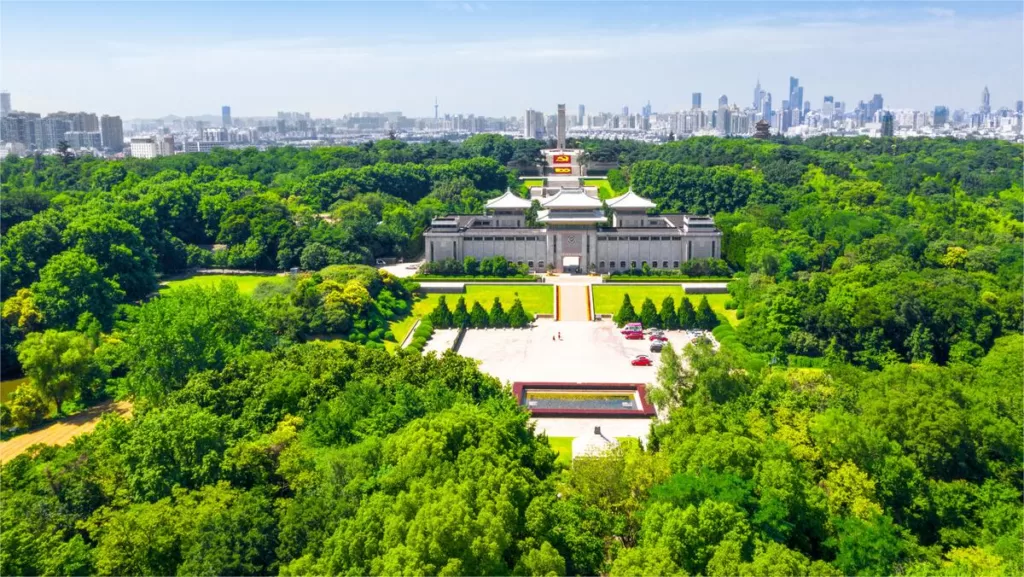

0 Comment